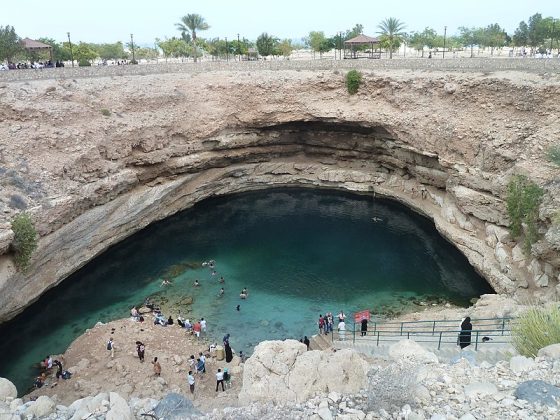Located 15km outside of the famous Hua Hin area of Thailand, the complex of Wat Huay Mongkol is a beautiful monastery and temple area that is famous for the statue, of a famous monk called Luang Phor Thuad. The statue is huge, and overlooks the complex, celebrating the fascinating tale of this month, held in high regard by the Thai people, said to have myths and legends originating from his deeds.
The Giant Statue
The statue itself is impressive in scale and size, reaching up to 12 meters tall and 10 meters wide. Its visage is grand enough in that regard to be seen amongst the greenery of the surrounding vegetation, and towering above it. The statue is also accompanied on each side by a large wooden elephant, and the statue is visited by Thai persons from all over the country to pay respects and ask for blessings of luck and health.

The Environment
The monastery and temple complex is fashioned in a park-like environment, well suited for a casual stroll or a meditative relaxation. With streams, rivers, waterfalls, and shade, it’s easy to see why people come as a form of getaway and for solace. It’s a nice change of pace from the tourist environment of a resort in Hua Hin, serene and secure.
The Legend of Luang Phor Thuad
Living 400 years ago in Thailand, Luang Phor Thuad was a famous monk who became famous for his deeds and miracles performed, famed for having turned salt water into drinkable water on many occasions. His legend was strong enough that amulets created in his image were believed to have held great protective powers, especially against natural disasters – with the oldest amulets holding more power.
Getting to the Complex
The path to Wat Huay Mongkol is a picturesque one – going through the visually impressive Thai countryside, leading away from the relaxing accommodation at such resorts as the Avani+ Hua Hin Resort, with pineapple plantations to sight on your way there. You can find your way to the complex by taxi or tuk-tuk – your choice, but the taxi is the more appropriate choice considering the distance to the place.











